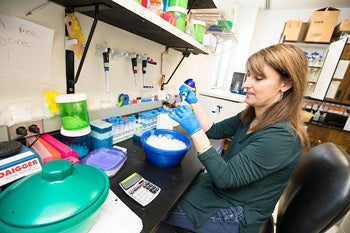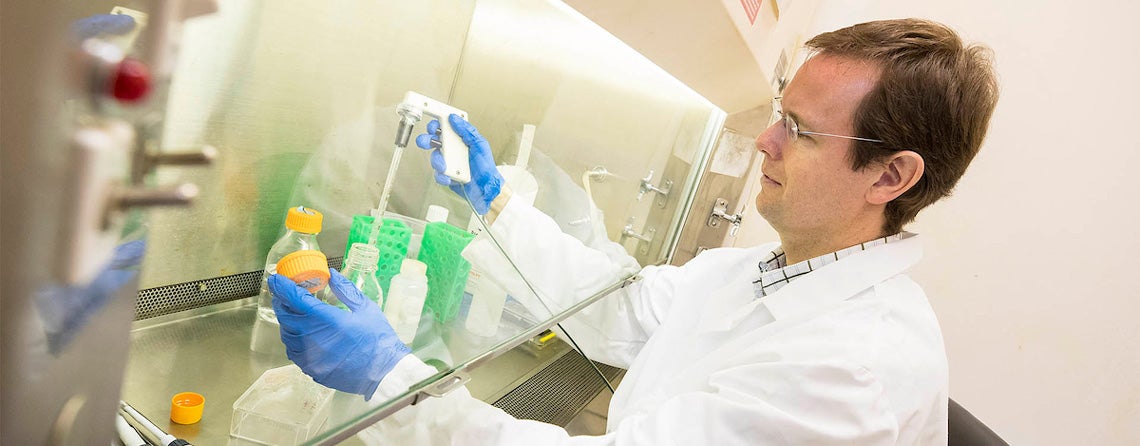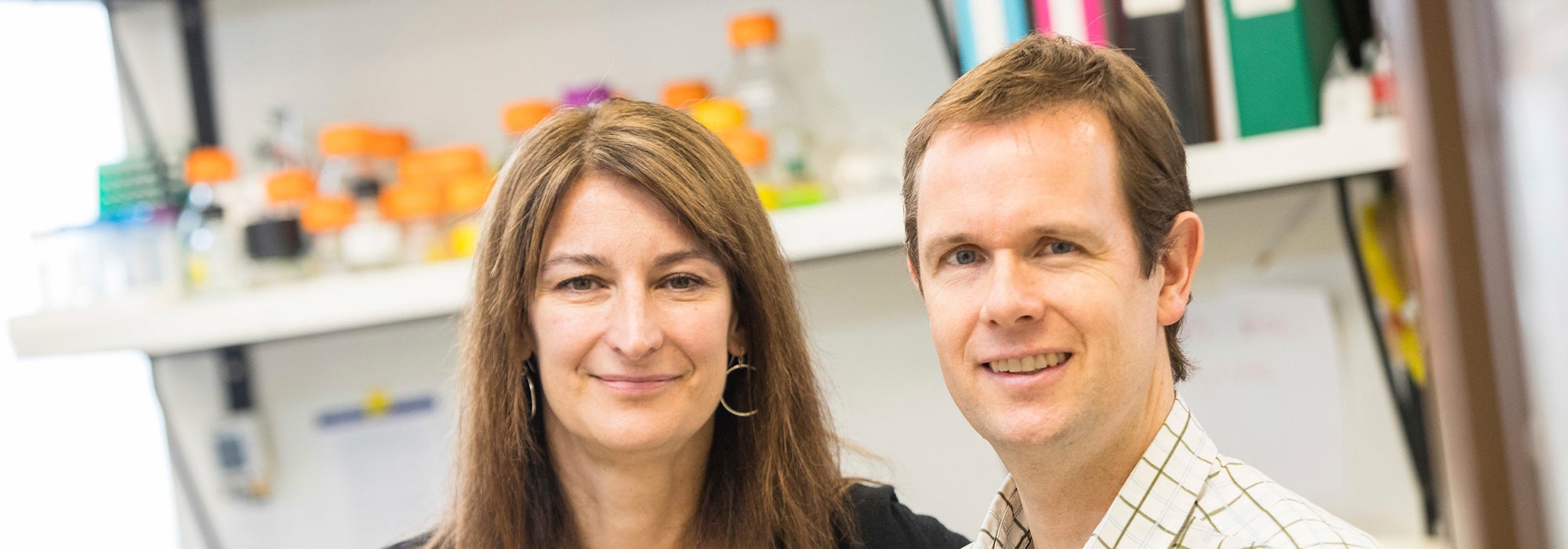FUNDING FOR RESEARCH OF RARE DISEASE
ECU researchers awarded more than $840K to study rare disease
Researchers at East Carolina University have received more than $840,000 in grant funding since June to continue their studies of a rare disease that can lead to a fatal form of leukemia.
The retrovirus human T-cell leukemia virus type 1, or HTLV-1, is a cousin of HIV that is transmitted in similar ways, but has been around for more than 2,000 years, having been discovered in mummies found in South America.
There are an estimated 15 million people worldwide living with the infection, of which approximately 5 percent will develop a form of leukemia that has a 100-percent fatality rate. Another 5 percent will develop a completely separate progressive neurological disorder, similar to a progressive form of multiple sclerosis.

Dr. Isabelle Lemasson, an associate professor in the Department of Microbiology and Immunology at the Brody School of Medicine at ECU.
“It is a rare disease, but for the people who have it, it is not rare. And there really are no treatments for it at this stage,” said Dr. Isabelle Lemasson, an associate professor in the Department of Microbiology and Immunology at the Brody School of Medicine at ECU.
Lemasson and her husband, Dr. Nick Polakowski, a research assistant professor in the same department, have been studying the disease at ECU for more than a decade.
“It’s a fascinating virus. It’s like doing a puzzle every day,” Lemasson said. “This research is not only important for understanding how this leukemia happens, but what we’re learning about it can also be applicable to other types of cancer. So it’s very exciting when we find something that could be applicable for treatment.”
To further their studies, they have received more than $2.7 million in grant funding since 2006, including a pair of recent grants through the National Institutes of Health totaling more than $840,000.
The most recent funding will help the researchers continue studying what the viral protein, HBZ, is doing in the cells of patients with HTLV-1, Polakowski said.
“Oftentimes when people develop leukemia, the whole virus is shut off except for this one protein that stays on in these leukemic cells,” Polakowski said. “We look at the cellular level and the molecular level to see what this protein is doing and what systems in the cell it’s perturbing in order to maintain the leukemia.”
Lemasson and Polakowski hope to prove that the protein is ramping up the cell’s ability to counteract oxidative stress, which is what chemotherapeutic agents create in order to kill cancer cells.
“In the presence of our viral protein, you have this cellular enzyme that is being overexpressed and is counteracting oxidative stress. But currently there are inhibitors for this particular enzyme,” Polakowski said. “So what you could do, is you could combine your chemotherapeutic treatment and add an inhibitor of that particular enzyme. It should be more responsive, and those cancer cells should die, because they no longer have that active enzyme counteracting the oxidative stress.”
Some of the data that was included in the most recent grant application was collected by ECU doctoral student Amanda Rushing.
“It’s exciting. It’s nice to see your work kind of come to fruition and actually get something really interesting out of what you do,” Rushing said. “This disease that we’re studying is untreatable and really terrible. So hopefully in the future, some target that we find here will be something that can actually translate to patients.”
There is still a long road of research ahead, however.
“I think we’ve gained tremendous knowledge,” Lemasson said. “But there is still a lot to do.”

Dr. Nick Polakowski, a research assistant professor in the Department of Microbiology and Immunology at the Brody School of Medicine at ECU.
